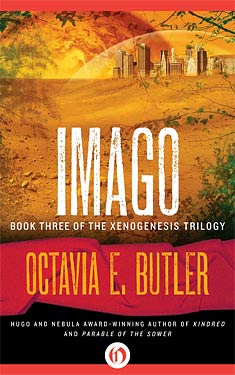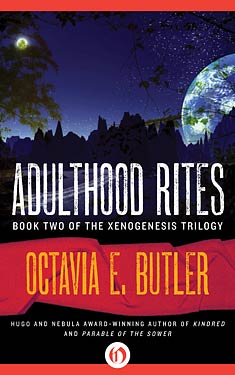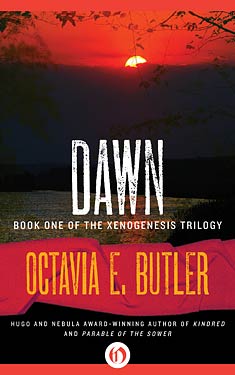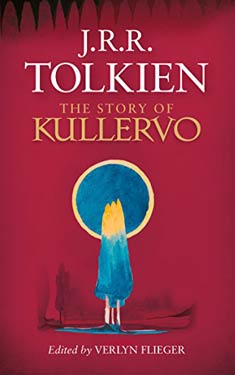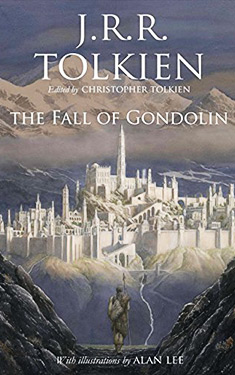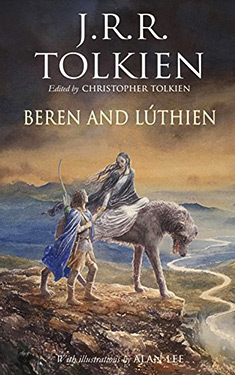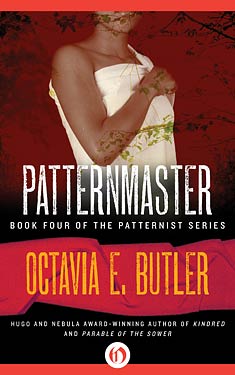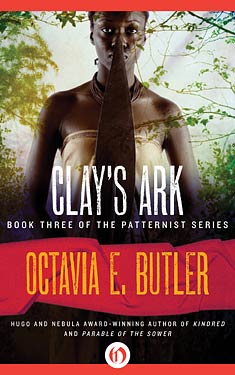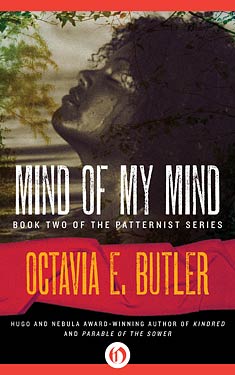Isaac Asimov
Completed 1/30/2019,
Reviewed 1/30/2019
4 stars
I now have finally
read this classic collection of short stories about robots. A few of the stores in the middle were a
little dry, but overall, I really enjoyed them.
I’m glad I hadn’t seen the movie because I had no expectations going
into the book. These stories were all
initially published separately, then put together with an overriding narrative
to make it cohesive. The narrative is
not a huge addition, but it helps explain that these stories represent the
evolution of robots, from a simple playmate to worker to out-thinking us. And each story is basically a mystery about
the behavior of the robots and the figuring out of which of the three laws of
robotics is being followed or corrupted.
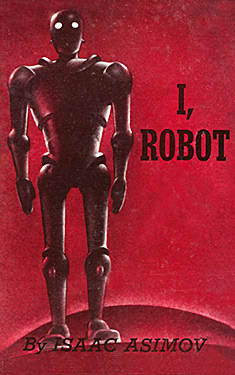 The first
story I really liked was the very first one.
“Robbie” is a sweet story about a little girl who loves her robot, to
the exclusion of interest in anything else.
Robots at this point are not yet verbal, but Robbie has become her
closest companion. The mother doesn’t
like the attachment to the robot, doesn’t trust it, and wants to get rid of
it. The father tries to argue that the
robot would never harm their daughter because of the first law of robotics, but
loses the battle and gets rid of Robbie, throwing the little girl into
turmoil. The reason I liked this story
was because it reminded me of people’s relationships with their cell phones
today. Particularly, the end scene,
which I won’t reveal, made me think of how many people become so preoccupied
with their phones that they are oblivious to everything around them.
The first
story I really liked was the very first one.
“Robbie” is a sweet story about a little girl who loves her robot, to
the exclusion of interest in anything else.
Robots at this point are not yet verbal, but Robbie has become her
closest companion. The mother doesn’t
like the attachment to the robot, doesn’t trust it, and wants to get rid of
it. The father tries to argue that the
robot would never harm their daughter because of the first law of robotics, but
loses the battle and gets rid of Robbie, throwing the little girl into
turmoil. The reason I liked this story
was because it reminded me of people’s relationships with their cell phones
today. Particularly, the end scene,
which I won’t reveal, made me think of how many people become so preoccupied
with their phones that they are oblivious to everything around them.
The next several
stories were a good introduction into the application of the three laws of
robotics. In each story, the robot is
presented with a dilemma which throws them into bizarre behavior. Two humans who are working with the robots,
and recur through some of the stories, must figure out what sent the robots
into this behavior. My favorite of these
was “Reason” which involved a robot on a space station first coming to some
kind of sentience. It cannot believe
that humans built it since it is superior to humans. It uses logic to deduce that its creator was
the ship’s core. It convinces the other
robots of this and they worship the core with the robot as its prophet. It’s an interesting reflection on how people
will deny scientific evidence and believe in something based on their own faulty
reasoning rather than the facts.
The two
humans from the first stories appear again in “Escape!”, a story about building
a space-warp ship using robots. They
present a sort of comic relief to an intense story about trying to discover if
the building of the ship by robots would cause a dilemma for the brain (i.e.,
the main robot) by breaking one of the laws of robotics. I really liked this story because of the comic
relief, but also for the mystery involved in discovering why the brain would
allow the construction, completion, and launching of the ship.
The last two
stories represent the culmination of robot evolution. They were also the best of the bunch. In “Evidence”, one politician accuses another
of being a robot. If he is, he would be
the first android. The laws of robotics
are used as the deciding factor in determining whether or not he is one. In “The Evitable Conflict”, robots control industry
and the economy. Everything goes
smoothly until suddenly there are some overages, shortages, and missed
deadlines. It deals with the point where
robots seem to be taking over the world.
I give this
book four stars out of five. I loved the
progression of the stories, and how each one was a little mystery of figuring
out the dilemmas that caused the robots to malfunction. The only reason I didn’t give this book five
stars was because the middle three dragged for me. The mystery began to feel repetitive without
the overarching plot being interesting enough.
It did pick up at the end, as evidenced by my calling them out individually
above.
